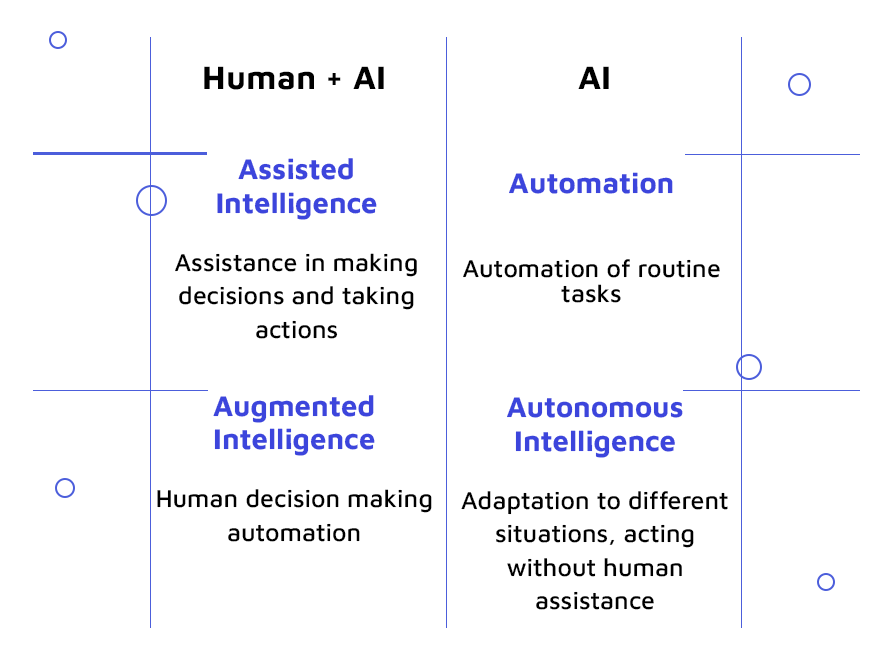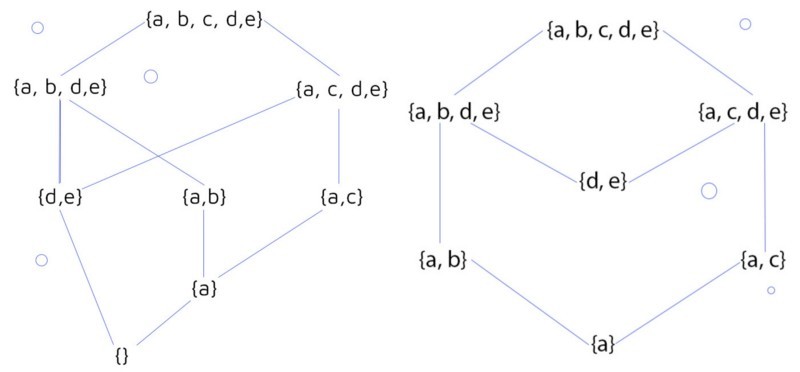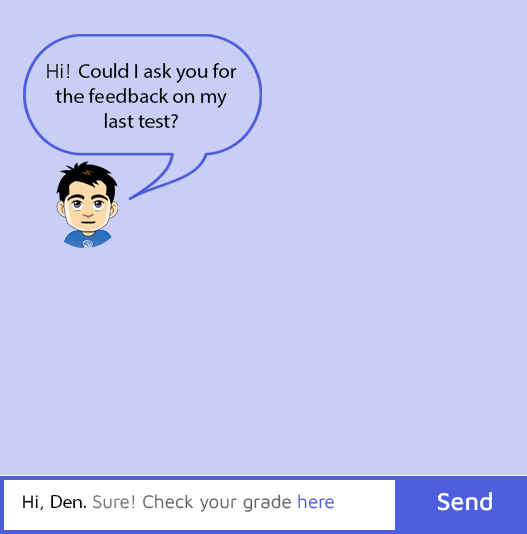Global adoption of technology in education is transforming the way we teach and learn. Artificial Intelligence is one of the disruptive techniques to customize the experience of different learning groups, teachers, and tutors.
How AI Transforms The Learning Experience
“Our intelligence is what makes us human, and AI is an extension of that quality. “ – Yann LeCun Professor, New York University
Artificial Intelligence is a branch of science producing and studying the machines aimed at the stimulation of human intelligence processes. The main objective of AI is to optimize the routine processes, improving their speed and efficiency (provided it has been implemented and supported properly). As a result, the number of companies adopting AI continues to grow worldwide.
According to Research and Markets, “The analysts forecast the Artificial Intelligence Market in the US Education Sector to grow at a CAGR of 47.77% during the period 2018-2022.”
AI tools mostly comply with 3 basic principles:
- Learning: Acquiring and processing the new experience, creating new behavior models
- Self-correction: Refining the algorithms to ensure the most accurate results
- Reasoning: Picking up the specific algorithms to resolve a specific task
And are presented in 4 basic forms:
 (Source: PwC AI Report)
(Source: PwC AI Report)
The forms of AI in the first row are incapable of learning from their experience.
Regarding the big opportunities, AI tools open for every sector including the educational one. The adoption of technology seems to be one of the most promising ways to transform organizations.
Roles Of AI In Education
Global adoption of technology in education is transforming the way we teach and learn. Artificial Intelligence is one of the disruptive techniques to customize the experience of different learning groups, teachers, and tutors.
This is how Artificial Intelligence tools may be applied to improve study processes:
1. Personalize Education
Artificial Intelligence helps find out what a student does and does not know, building a personalized study schedule for each learner considering the knowledge gaps. In such a way, AI tailors studies according to student’s specific needs, increasing their efficiency.
To do it, many companies train their AIs, armed by the Knowledge Space Theory, to define and represent the knowledge gaps, taking into account the complexity of scientific concepts relations between each other (one can stimulate the learning of another or become a basis for filling in the gap).
This is what it looks like:
2. Produce Smart Content
- Digital lessons
Digital learning interfaces with customization options, digital textbooks, study guides, bite-sized lessons, and much more can be generated with the help of AI. - Information visualization
New ways of perceiving information, such as visualization, simulation, web-based study environments, can be powered by AI. - Learning content updates
Besides, AI helps generate and update the content of the lessons, keeping the information up to date and customizing it for different learning curves.
3. Contribute To Task Automation
Administrative tasks simplification: grading, assessing, and replying to students is a time-consuming activity that could be optimized by the teacher using AI.
Do you remember the hints Gmail provides in the messages you compose based on the overview of your current and past messages plus the business vocabulary essentials? It would be great to have such an option on any Learning Management System or learning platform envisaging the feedback.

(AI-powered grading tool could be trained to display the information on the learning progress of each student)
Entrusting a set of routine tasks to AI helps teachers make room for something more important: concentrating on grading the assignments impossible to delegate to Artificial Intelligence, self-education, upgrading the quality of the lessons.
4. Do Tutoring
Continuously evolving personal study programs take into account student’s gaps to fill during individual lessons. Personal tutoring and support for the students outside of the classroom help learners keep up with the course and keep their parents from struggling to explain algebra to their kids. AI tutors are great time-savers for the teachers, as they do not need to spend extra time explaining challenging topics to students. With AI-powered chatbots or AI virtual personal assistants, students can avoid being embarrassed by asking for additional help in front of their friends.
5. Ensure Access To Education For Students With Special Needs
The adoption of innovative AI technologies opens up new ways of interacting for students with learning disabilities. AI grants access to education for students with special needs: deaf and hard of hearing, visually impaired, people with ASD…
Artificial Intelligence tools can be successfully trained to help any group of students with special needs.
Benefits Of AI For Students
24/7 Access To Learning
With AI helpers based online, students always have access to learning. They are free to plan their day without being linked to a specific place. They can study on the go, at any place and time they want. They can build their schedule based on their most productive hours.
Better Engagement
Individualized schedules, custom tasks, interaction with digital technologies, and personal recommendations are part of the personal approach each student gets using AI. Besides, a personal approach helps students feel special, increasing their engagement and raising interest in studies in such a way.
Less Pressure
Lessons tailored to the needs of different learning groups allow students to stop comparing them to each other. Earlier, a student should have asked a teacher for help in front of the class. Now, it’s enough to type a query using a personal virtual assistant and get an instant explanation.
These opportunities offered by AI tools make personal progress come to the fore, reducing the pressure in the classroom. Less pressure means less stress and more enthusiasm to study.
How To Start Implementing AI
If you’re considering AI as an option to customize the learning experience, these steps will help you to plan your project.
- Identify your needs and AI technologies
The starting point of implementing any technology is the identification of the pain points this technology can address and resolve. Find the system bottlenecks and research the ways AI offers to optimize these processes. - Determine the strategic objectives of AI transformation in your organization
Determine your appetite: Do you want to be an early adopter or the follower? Which technologies will fit your company best? Are you aware of the AI drawbacks and how are you going to address them? The completion of which business objectives should AI technology contribute to? Based on responses to these questions, you should develop a cost-benefit analysis for AI automation and augmentation. - Make the right culture, talent, and technology meet
To make the most of the AI tools, you should not only choose the right team to adopt the technology but also create the right environment driven by analytical insights and focused on actionable decisions on all organizational levels. - Smart ways to control the outcome of AI transformation
Creating an environment for both human beings and AI to work side-by-side, it’s important to ensure the processes’ transparency and keep pace with the key considerations and metrics of AI adoption. Based on the custom characteristics of your organization and type of AI implemented, decide on the performance indicators to track, security concerns to keep under control, and technical ecosystems to support.
Personalized Learning Made Possible With AI
If you’re keeping up with the global trends, you know: personalization is everywhere. The main advantage of AI is the possibility to train it to perform a long list of tasks, offering in such a way a personalized approach to education. It’s a universal solution to get a set of tools tailored to the specific needs of learners and educators to optimize their routine, increase efficiency, improve accessibility, and scale the processes.
Originally published at jellyfish.tech By Lisa Plitnichenko






